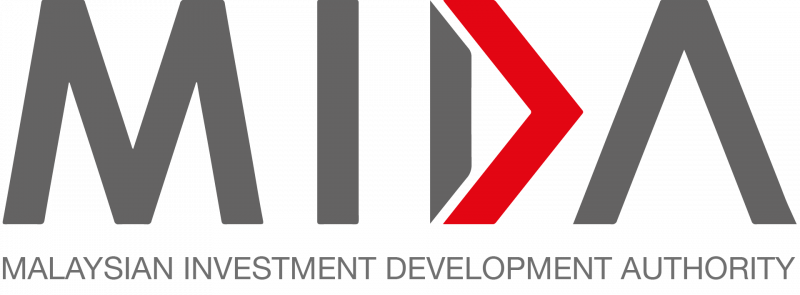Seal Incorporated Bhd has proposed to acquire a 20% equity interest in loss-making MSR Green Energy Sdn Bhd, a solar panel installer, for RM8.7mil.
The group also looks to subscribing about 1.06 million irredeemable convertible preference shares in MSR Green Energy for RM6.3mil. In total, Seal will be investing RM15mil.
In a filing with Bursa Malaysia, Seal said this investment offers an opportunity for the company to diversify its existing businesses into renewable energy, specifically focusing on engineering, procurement, construction and commissioning (EPCC) works for the solar and renewable energy segment.
This move also aligns with potential opportunities stemming from the government’s concerted efforts to decarbonise the power sector, it said.
“The venture into solar renewable energy will enable the group to develop a more resilient business model and diversify its income stream especially after witnessing the effects of the Covid-19 pandemic on global economies and businesses,” Seal noted.
Seal said the investment, which is expected to be completed by the second quarter of this year, will be funded through internally generated funds and a private placement exercise completed on July 20, 2023.
This involves the placement of 62.3 million new ordinary shares in Seal, representing around 20% of the total issued shares, valued at RM16.19mil extended to Chen Khai Voon at an issue price of 26 sen per share.
“The proposed investment will also provide an avenue for Seal to progressively transform into an environmental, social and governance (ESG) entity, which will accord Seal with greater recognition and support among investors, in particular among the larger institutional investors who invest based on ESG criteria,” it added.
Seal said MSR Green Energy is principally involved in the business of installation and servicing of solar photovoltaic (PV) systems, renewable energy projects management, consultancy and construction, electrical works and other ancillary business. It develops solar PV projects which include design and EPCC of solar PV system.For the financial year ended Dec 31, 2022 (FY22), MSR Green Energy recorded a loss after tax of RM14.3mil and a deficit net assets of RM8.3mil, respectively.
Source: The Star
Seal invests RM15mil in loss-making solar panel installer
Content Type:
Duration:


